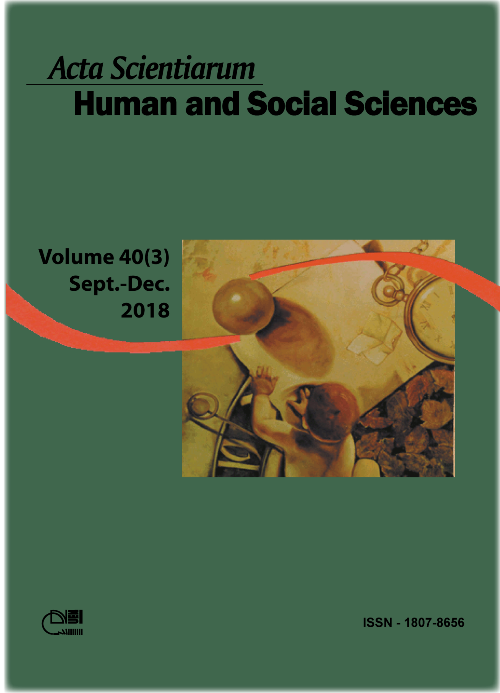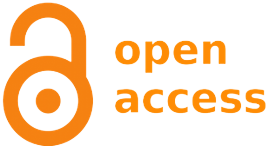<b>The participatory dimension in the conservation of the Amazonian wild fauna in danger of extinction
Abstract
The objective of this work is to describe and analyze the perceptions of residents of Amazonian communities relative the forms of insertion and participation in the conservation programs of the harpy eagle (Harpia harpyja) and the tracajá (Podocnemis unifilis). From the systematic observation and semi-structured interviews, the research analyzes the constructs that characterize the community participation in the conservation of the species, directly and indirectly. The perceptions show that the participation in the conservation of the tracajá occurred directly, where the community members are inserted in the majority of the stages of the management of the chelonians, with prevalence in non technical activities but with protagonist action in the conservation program. The conservation of the harpy eagle occurred indirectly. The people who participated in the program were located near the place and habitat of the bird. Their participation was marked by the performance as observers of the technical processes, auxiliary agents. In this context, externalities have emerged and have given new ways to act in conservation, favoring the biocultural scenario. The form of participation in both cases is related to the management strategies and structures used by the programs, where co-management is the model to be evidenced.
Downloads
DECLARATION OF ORIGINALITY AND COPYRIGHTS
I Declare that current article is original and has not been submitted for publication, in part or in whole, to any other national or international journal.
The copyrights belong exclusively to the authors. Published content is licensed under Creative Commons Attribution 4.0 (CC BY 4.0) guidelines, which allows sharing (copy and distribution of the material in any medium or format) and adaptation (remix, transform, and build upon the material) for any purpose, even commercially, under the terms of attribution.
Read this link for further information on how to use CC BY 4.0 properly.























